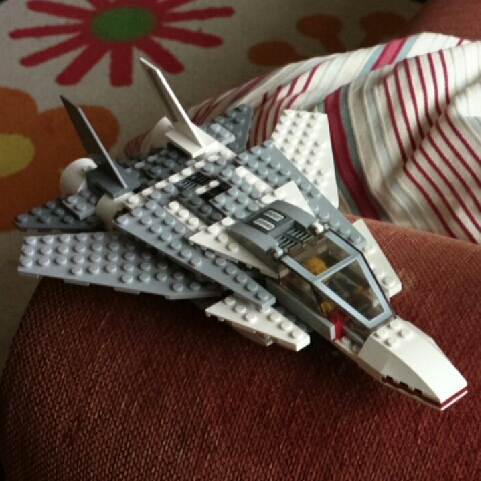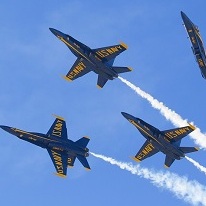JustSomeDood wrote:It depends on how easily the OEMs can take structure out of the airframe for lower MTOW, without significantly affecting payload-range, as any re-engine of the A350 or 777X will likely have to make do with less engine thrust than the originals, due to ground clearance issues, reducing max MTOW (i.e fuel volume). If sufficient weight can be taken out due to less fuel volume carried, the Re-engine may not have a range penalty due to the SFC advantage of the new turbofans.
This paradigm will relatively favor the 787, which has lower thrust requirements (i.e less fan diameter increase) , and has variants that can significantly benefit from the range increase due to SFC improvements. I wouldn't be surprised if a "787neo" comes with a further stretch, going further into 777 territory and leaving the 779 as the only "VLA" offering from B.
Your first paragraph confuses me. Yes, the propulsive efficiency is better with a larger and slower rotating fan with the same core. Separately the hotter the core, the more energy it can extract from the fuel. These are both desirable objectives, but have to be considered along with other issues including installation in the aeroplane, and its design objectives. From there on I am baffled.
The UltraFan concept will have a new set of gears to enable the larger slower fan, whilst allowing the core to rotate faster and thus be shorter, smaller and lighter. The RR Advance core probably will have some 'hotter' benefit, but maybe not as much as the GE 'much hotter' tech; but it will have lots of other new core tech in a two shaft design. We don't know if either the production UltraFan or the production Advance will have the benefit of a much hotter core, GE style. The P&W GTF has the benefit of gears and propulsive efficiency, but appears to lag both GE and to a lesser extent RR in the 'hotter' race.
If you presume that the UltraFan has been created to be ultimately fitted to a design which is already in production, then I suspect it may be an incorrect assumption. We have all seen the gull wing of the A380, long legged landing gears which will accommodate a large fan or propeller, and the rear mounted huge noisy fast rotating propellers of open rotor concepts.
There seems to me to be the possibility that the optimum propulsive efficiency of a super large slow rotating enclosed fan to avoid un-contained failures might be an avenue to consider for the distant future. Along with the appropriate amount of 'hotter'. Yes, it may need a new design of aeroplane. So?
Meanwhile, the current choices for a MoM are all less than the optimum in terms of engines, and therefore its design may be only a stepping stone.







